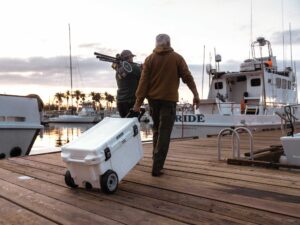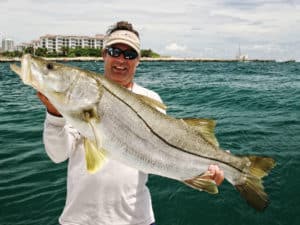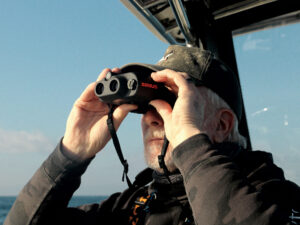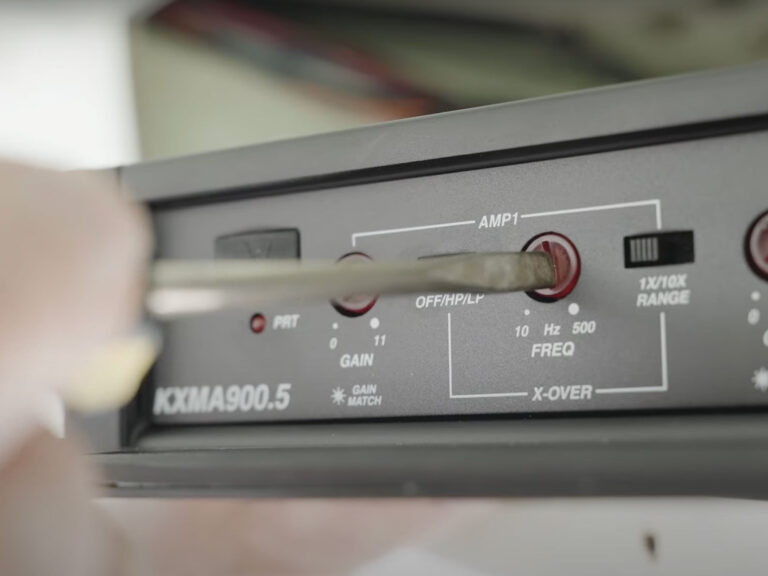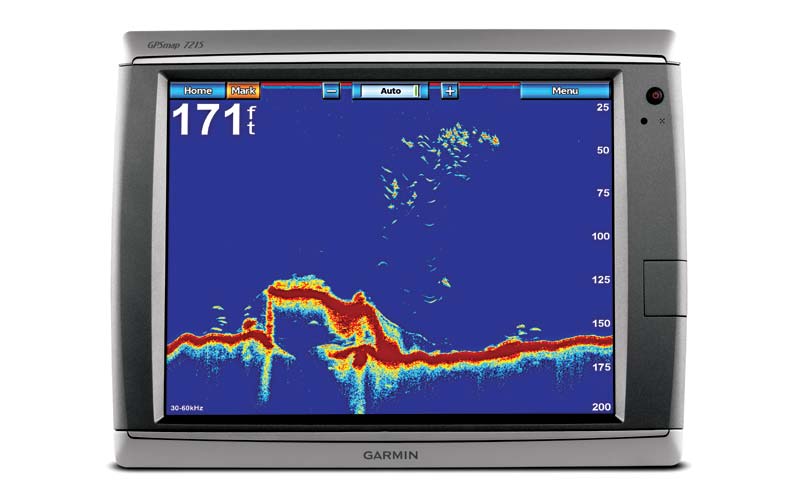
CHIRP Transducers
CHIRP is in the air, and a new age of fish-finding sonar is off and running as Simrad and Garmin field the first frequency-modulated sonar products available to recreational anglers. The demos we’ve seen exhibit an unprecedented level of detail and resolution. You see more fish and more detail more clearly at all depths. But you don’t see the critical element in the scheme, the transducer.
“The transducer is the enabling technology for CHIRP sonar,” says Jennifer Matsis of Airmar, the company that developed CHIRP-capable transducers sized and priced for recreational fishing boats. Sonar manufacturers are building the sonar heads to match the capabilities of those transducers. Conventional sonar offers limited choices of discrete frequencies, usually 50 kHz for deep and 200 kHz for shallow conditions. Because CHIRP transmits a pulse that ranges across a portion of the spectrum, say 28 kHz to 75 kHz in each pulse, the transducers are a little more complicated.
Particular qualities of the CHIRP sonar image include extreme resolution and lack of clutter, or noise. These are evident in the absence of “main bang,” the noise that dominates the first few feet of the water column in traditional sonar, and the presence of maximum bottom definition and separation of targets that lie close to the bottom. These particular details are the result of a couple of features of CHIRP.
First, the relatively low energy transmitted in the sonar ping — about 250 watts, as opposed to 650 to 3,000 watts in traditional sonar — fails to generate excessive noise in the sonar image. Second, the large surface area available for transmitting and receiving the modulated ping gives the low-power transducer sensitivity. The surface area is determined, at least at the lower end of the spectrum in deepwater sonar, by the number of ceramics in the transducer array. “As the number of ceramics in a transducer increases, the pulse becomes more focused, and more energy reaches the bottom,” says Matsis. “More ce-ramics mean more surface area, more energy on the target and more sensitivity.” And a bigger and more expensive transducer.
Transducers are currently available in a couple of different configurations, and there are more on the drawing board. At press time, the backbone of Airmar’s CHIRP transducer line is the R209LH and R209LM (about $2,900) and the B265LH and B265LM (about $1,800). The L, H and M refer to the low, medium and high sweep range of the transducers. For instance, the R209LH offers a low range sweep (28 kHz to 60 kHz) and a high range (130 kHz to 210 kHz). The R209LM model replaces the high range with medium (80 kHz to 130 kHz).
The R209 has 25 ceramic el-ements, as opposed to the B265’s eight, and while the R209 is more expensive and larger, that’s not dissuading fishermen who are serious about performance. “The R209 is the most popular transducer,” says Navico product manager Lucas Steward. “Anglers with the upper-end center consoles, 28 feet and larger, who are buying the BSM-2 [Simrad’s CHIRP sonar] want the best possible transducer they can get.”
Airmar is actively developing a line of transducers to match a full range of applications, so there will be something for every fisherman who relies on a fish finder. “We’ll be offering 15 different transducer options with our GSD 26 sweep spectrum,” says Garmin’s Greg DeVries.
With five mounting styles available for each model, and many models being developed, you won’t have a problem making a good match among CHIRP sonar transducer technology, your boat and the fishing you do.

